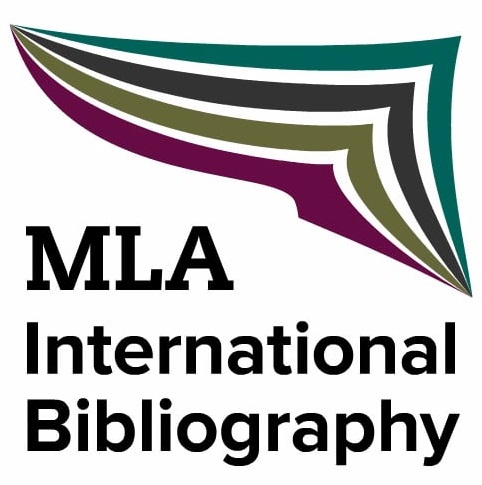“Truth! Truth! Truth!”: Image and Text, Fact and Fiction in Virginia Woolf’s “Orlando”
DOI:
https://doi.org/10.13135/2281-6658/3447Keywords:
Virginia Woolf, Orlando, Biography, Photography, Truth vs. FictionAbstract
The use of photographic “evidence” was of particular interest to Virginia Woolf and it is well known that she included photographs in her real (though unconventional), as well as fictional biographies Roger Fry, Orlando and Flush. The use of such pictures, however, serves to problematise the reality of the photographic or biographical subject/object, the relationship between fact and fiction, and therefore the biographical genre itself. This essay focuses on Orlando (1928), a text through which Woolf wanted to “revolutionise biography in a night,” and where she undermined the supposed faithfulness of the form towards its subject by presenting false photographic evidence. In this mock biography both image and text are fakes, thus altering the purported adherence to facts which is a prerogative of the genre and highlighting the self-referentiality of both the photographic subject and the text. The combination of words and pictures determines the collapse of denotation and knowledge: concepts of “reality” and “meaning” fall apart, and a new idea of “truth” begins to evolve. Woolf’s creative construct of her subject through words and pictures shows that the photographic image is never neutral, thus reminding us of Susan Sontag’s claim that “although there is a sense in which the camera does indeed capture reality, not just interpret it, photographs are as much an interpretation of the world as paintings and drawings are.”Downloads
Downloads
Published
Issue
Section
License
Authors keep the copyrights for their work and give the journal the work’s first publication copyright, which is at the same time licensed under a Creative Commons License – Attribution, which in turn allows other parties to share the work with an acknowledgement of the work's authorship and initial publication in this journal.
Content Licence

You are free to copy, distribute and transmit the work, and to adapt the work. You must attribute the work in the manner specified by the author or licensor (but not in any way that suggests that they endorse you or your use of the work).
Metadata licence

CoSMo published articles metadata are dedicated to the public domain by waiving all publisher's rights to the work worldwide under copyright law, including all related and neighboring rights, to the extent allowed by law.
You can copy, modify, distribute and perform the work, even for commercial purposes, all without asking permission.





